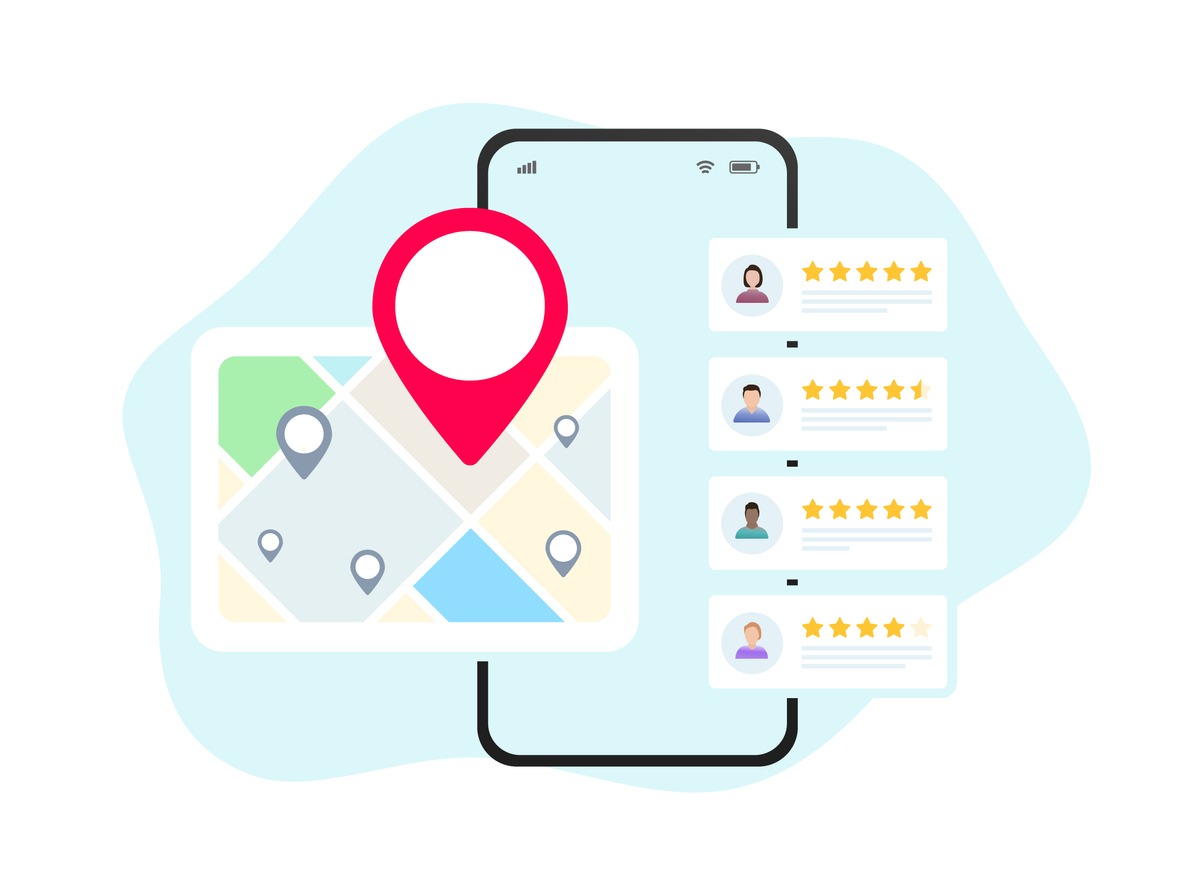How to Create SEO-Friendly Content That Ranks High on Google

Creating SEO-friendly content that ranks high on Google is a crucial skill for any business looking to enhance its online presence. With millions of websites competing for attention, standing out in search engine results pages (SERPs) requires a strategic approach. In this blog post, we’ll explore practical steps and best practices to help you craft content that attracts visitors and ranks well on Google.
Understand Your Audience
The first step in creating SEO-friendly content is understanding your target audience. Knowing who you’re writing for helps you tailor your content to their needs and preferences. Conduct market research to identify your audience’s demographics, interests, and pain points. Use tools like Google Analytics and social media insights to gather visitor data.
Once you have a clear understanding of your audience, create buyer personas. These fictional representations of your ideal customers will guide your content creation process, ensuring your material resonates with your audience.
Conduct Keyword Research
Keyword research is the foundation of any successful SEO strategy. It involves identifying the search terms your audience uses to find information related to your industry. Use keyword research tools like Google Keyword Planner, Ahrefs, or SEMrush to discover relevant keywords with high search volumes and low competition.
Focus on finding long-tail keywords, which are longer and more specific phrases that users will likely search for. These keywords often have lower competition and can drive highly targeted traffic to your site. For instance, instead of targeting “SEO,” you might target “how to create SEO-friendly content.”
Optimize Your Content Structure
A well-structured piece of content is more accessible to readers and search engines. Use the following elements to improve your content structure:
Use Headings and Subheadings
Break your content into sections using headings and subheadings. This makes your content more readable and helps search engines understand your article’s hierarchy and main points. Use H1 tags for the main title, H2 tags for significant sections, and H3 tags for sub-sections.
Write Compelling Meta Descriptions
Your meta description summarizes your content below the title in search engine results. Although it doesn’t directly impact rankings, a well-written meta description can increase your click-through rate (CTR). Ensure it includes your primary keyword and provides a compelling reason for users to click on your link.
Use Bullet Points and Lists
Bullet points and numbered lists make your content more scannable and easier to read. They also help highlight key points and break up large chunks of text, improving the overall user experience.
Craft High-Quality Content
High-quality content is informative, engaging, and valuable to your audience. Google prioritizes content that provides a positive user experience and answers users’ queries effectively. Here are some tips for crafting high-quality content:
Provide In-Depth Information
In-depth content tends to perform better in search engine rankings. Aim to cover your topic comprehensively, addressing all relevant aspects and providing detailed information. This helps with SEO and establishes your authority on the subject.
Write for Humans First, Search Engines Second
While it’s crucial to incorporate keywords into your content, avoid keyword stuffing. Focus on writing naturally and providing value to your readers. Search engines have become adept at understanding context, so prioritize readability and user experience.
Include Visuals
Incorporate visuals like images, infographics, and videos to enhance your content. Visuals can make your content more engaging and help explain complex concepts. Make sure to use alt text for images, which helps search engines understand what the images are about and can improve your SEO.
Optimize On-Page SEO
On-page SEO involves optimizing individual pages on your website to improve their search engine rankings. This includes both the content and the HTML source code. Here are some key on-page SEO elements to focus on:
Use Keywords Strategically
Incorporate your primary and secondary keywords naturally throughout your content. Place your main keyword in the title, headings, first paragraph, and conclusion. Use variations and related terms to avoid repetition and maintain a natural flow.
Optimize URL Structure
Create SEO-friendly URLs that are short, descriptive, and include your primary keyword. Avoid using long strings of numbers or irrelevant characters. A clean URL structure makes it easier for search engines and users to understand your page’s content.
Internal and External Linking
Link to other relevant pages on your website to keep users engaged and improve your site’s internal linking structure. This helps search engines crawl your site more effectively and distributes page authority throughout your website.
For example, here, you can read more about the difference between on-page and off-page SEO.
Additionally, include external links to reputable sources to provide further context and value to your readers. Ensure that the external sites you link to are trustworthy and relevant to your content.
Monitor and Update Your Content
SEO is not a one-time effort; it requires continuous monitoring and updates. Regularly check your content’s performance using tools like Google Analytics and Google Search Console. Track metrics such as organic traffic, bounce rate, and average time on page to gauge how well your content is performing.
Update Outdated Information
Search engines favour fresh content, so periodically update your articles to keep them relevant. Add new information, update statistics, and refine your keywords to reflect the latest trends and user queries.
Repurpose Content
Identify high-performing content and consider repurposing it into different formats. For example, you can turn a blog post into a video, infographic, or podcast episode. This allows you to reach a broader audience and reinforces your content’s value.
Creating SEO-friendly content that ranks high on Google is a continuous process that involves understanding your audience, conducting thorough keyword research, optimizing your content structure, and regularly updating your material. Following these best practices can improve your search engine rankings, attract more organic traffic, and ultimately achieve your digital marketing goals.
Why not get a professional assessment if you want to boost your SEO efforts? Get a free assessment and discover how to enhance your website’s performance.
Check out this detailed SEO case study for more insights on how SEO can transform your business. Remember, effective SEO requires ongoing effort and adaptation. Stay committed to delivering high-quality, valuable content, and your rankings and traffic will improve over time.




